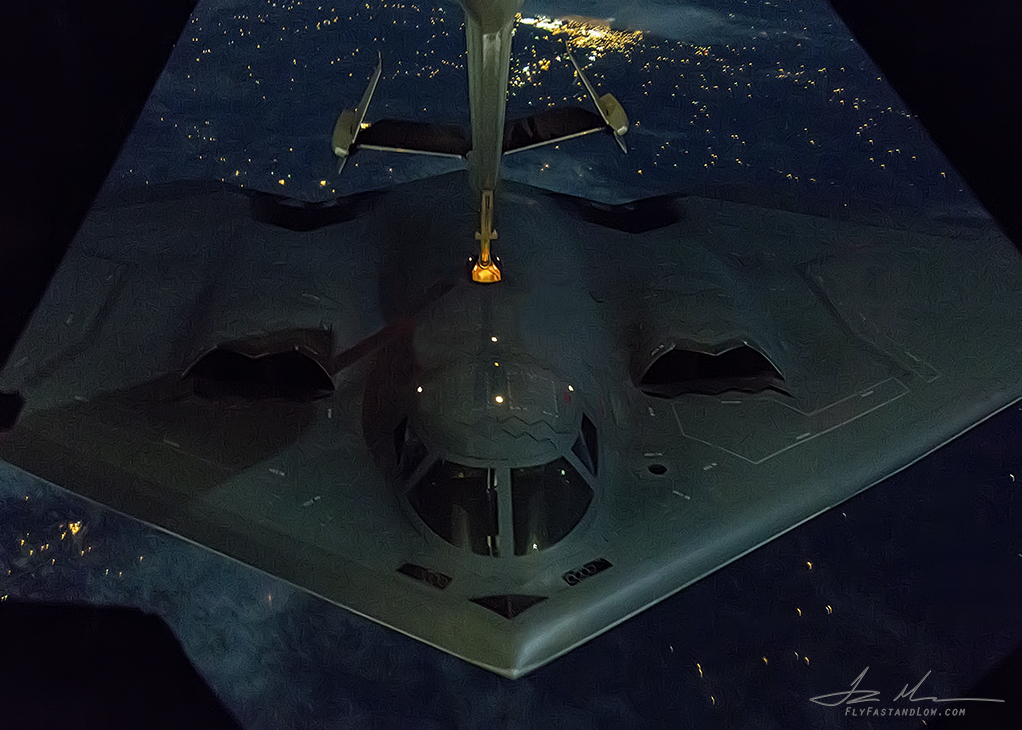Jura The idiot
General
‘Pencils down’: What are the top six areas McCarthy wants tech to zero in on
sounds complicated
sounds complicated
source is DefenseNewsActing Secretary of the Army Ryan McCarthy and Gen. Mark Milley, the service’s chief of staff, have narrowed down their technological emphasis to six areas.
Add if you’re an Army scientist working on something outside those six buckets?
“Pencils down, work on this,” McCarthy said. “They’re going to have work to do. There’s plenty of work to do, I just need them to work on very discreet issues.”
The six areas are a long-range precision fires capability that “restores U.S. Army dominance in range, munitions and target acquisition;” a next-generation combat vehicle; future vertical lift capabilities; an army network capable of operating in an environment “where the electromagnetic spectrum is denied or degraded;” high-end air and missile defense capabilities, including against drones; and improving capabilities at the soldier level, both through training and technology.
McCarthy, speaking to reporters Monday, said exactly how funding for these focus areas is being worked out, saying the Army “made some decisions” as it worked on its fiscal year 2019 budget request. But he indicated there are still some calls to be made pending the results of a review of the science and technology enterprise.
“Within those six, those go across multiple colors of money,” he said. “The S&T review itself that I mentioned is that I’ve asked leadership to go work with the labs to look at all the projects in the system. Are they supportive to these six capabilities or not? That would be additional funds to the move within the balance sheet.”
More broadly, the investments will come in both increasing research and procuring capacity, with the money “spread across, based on the maturity of the capability,” he added.
At least two current programs seem likely to win under the new S&T focus. Asked whether the Army Tactical Missile System or Paladin Integrated Management program would fit under the long-range precision fires category, McCarthy said “They’re both clearly priorities. … Those are exactly the capabilities. I don’t know if they move the dollars. But that would fall into the No. 1 test.”
Asked whether the current continuing resolution, which locks budget figures into FY 2017 levels, will affect these specific technological buckets, McCarthy said, “I couldn’t give you fidelity on which of the six would be affected more than the other off the top of my head. But it’s clear we need to get the budget passed. I can’t say much more than that.”






